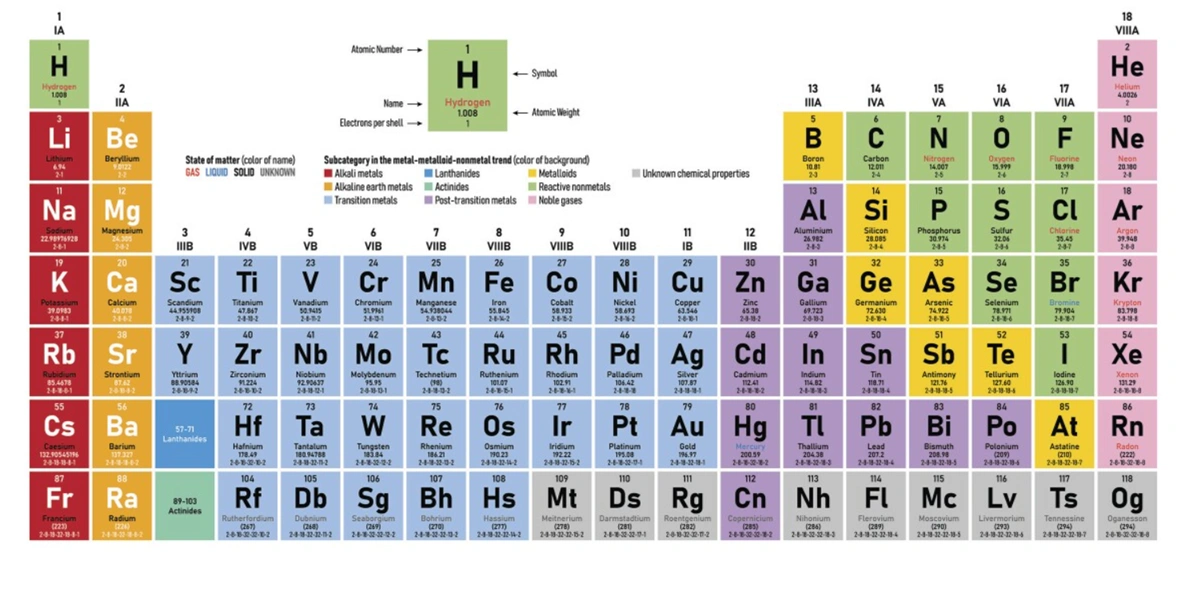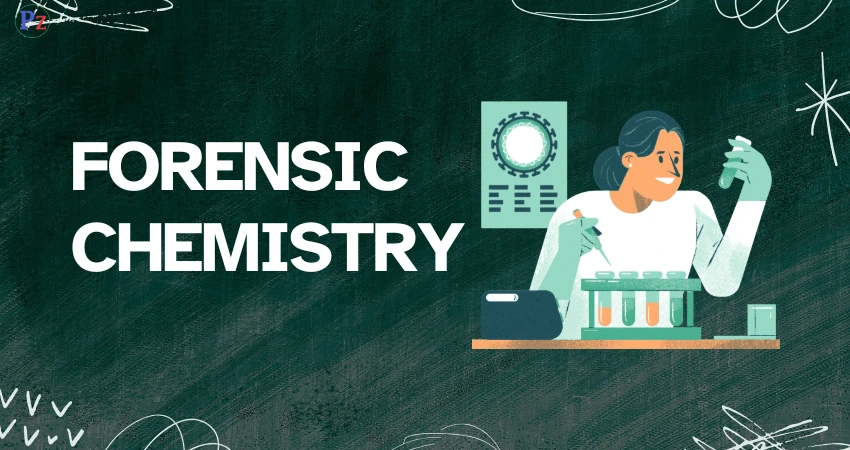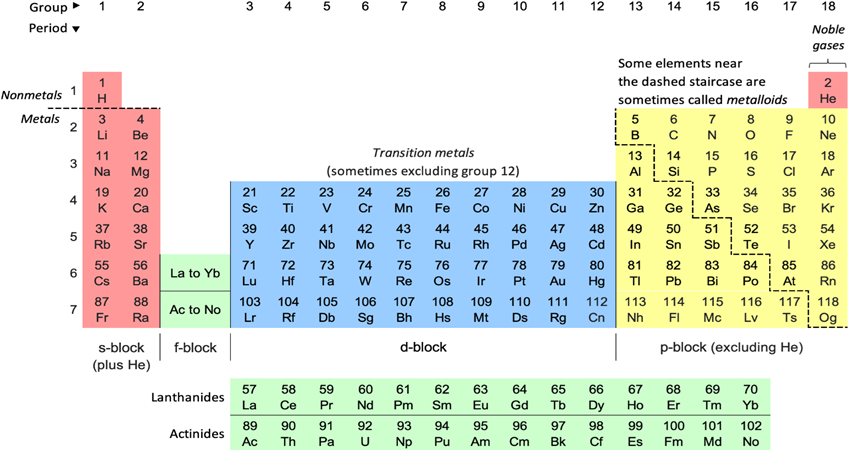Ever been curious how scientists keep over 100 elements straight? That‘s where the Periodic Table of Elements comes in! It’s like the chemistry version of the ultimate cheat sheet—tightly packaging all you need to know about matter’s building blocks.
A Brief History Lesson
Say hello to Dmitri Mendeleev
Back in 1869, a Russian scientist named Dmitri Mendeleev came up with a smart way to organize elements. He noticed patterns and grouped elements by their atomic mass. Fast forward to today, we organize them by atomic number, but Mendeleev laid the groundwork.
What Exactly Is the Periodic Table?
Basic Definition
The Periodic Table is a chart that organizes all known chemical elements based on their atomic number, electron configuration, and recurring chemical properties.
What Does It Show?
It shows how elements behave, react, and bond. Think of it as the periodic “Google Maps” of chemistry—it tells you where each element fits in the big picture.
Structure of the Periodic Table
Periods and Groups Explained
Periods are horizontal rows (there are 7).
Groups are vertical columns (there are 18).
Elements in the same group share similar properties, like being super reactive or really chill.
Elements Are Organized by Atomic Number
Each element has a unique atomic number that tells you how many protons it has. From Hydrogen (1) to Oganesson (118), it’s all about order.
Categories of Elements
Metals, Nonmetals, and Metalloids
Metals: Shiny, good conductors (like Iron and Gold)
Nonmetals: Poor conductors, more fragile (like Oxygen and Nitrogen)
Metalloids: A mix of both (like Silicon)
Blocks of the Periodic Table
s-block, p-block, d-block, and f-block
s-block: Groups 1–2, soft and reactive metals
p-block: Groups 13–18, a mixed bag
d-block: Transition metals in the center
f-block: Rare Earth elements at the bottom
What Do the Symbols and Numbers Mean?
Atomic Number
This tells you how many protons are in the nucleus of the atom.
Atomic Mass
This is the average weight of an atom, accounting for isotopes.
Element Symbol
Each element gets a unique one or two-letter abbreviation (like H for Hydrogen or Fe for Iron).
Why Is It Called “Periodic”?
The Pattern of Properties
The word “periodic” comes from the repeating patterns in element properties. For example, every 8 elements, you see similar behavior—like déjà vu, but chemical!
Real-Life Uses of the Periodic Table
In Chemistry Labs
Scientists use it to predict reactions, balance equations, and develop new compounds.
In Everyday Life
From your toothpaste (Fluoride) to your smartphone (Lithium batteries), elements are everywhere!
Fun Facts for Students
Element Names and Origins
Einsteinium is named after Albert Einstein!
Some symbols don’t match names (e.g., Na for Sodium from Latin “Natrium”).
Tips for Learning the Periodic Table
Use Mnemonics
Make up fun phrases like:
Hi He Likes Beer But Could Not Offer Full Nine Soft Pills
(H – Hydrogen, He – Helium, Li – Lithium, and so on…)
Color Coding
Use colors for metals, nonmetals, and gases to spot patterns faster.
The Periodic Table of Elements might look complicated at first, but it’s actually a brilliantly organized guide to everything that makes up the universe. Whether you’re a student starting out or just curious about chemistry, learning the periodic table is your first step into the world of science!
Read also: BSSC Lab Assistant 2025 Is Here






